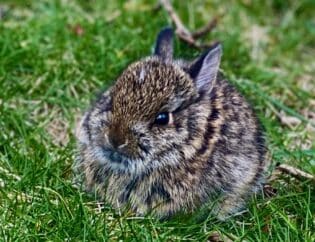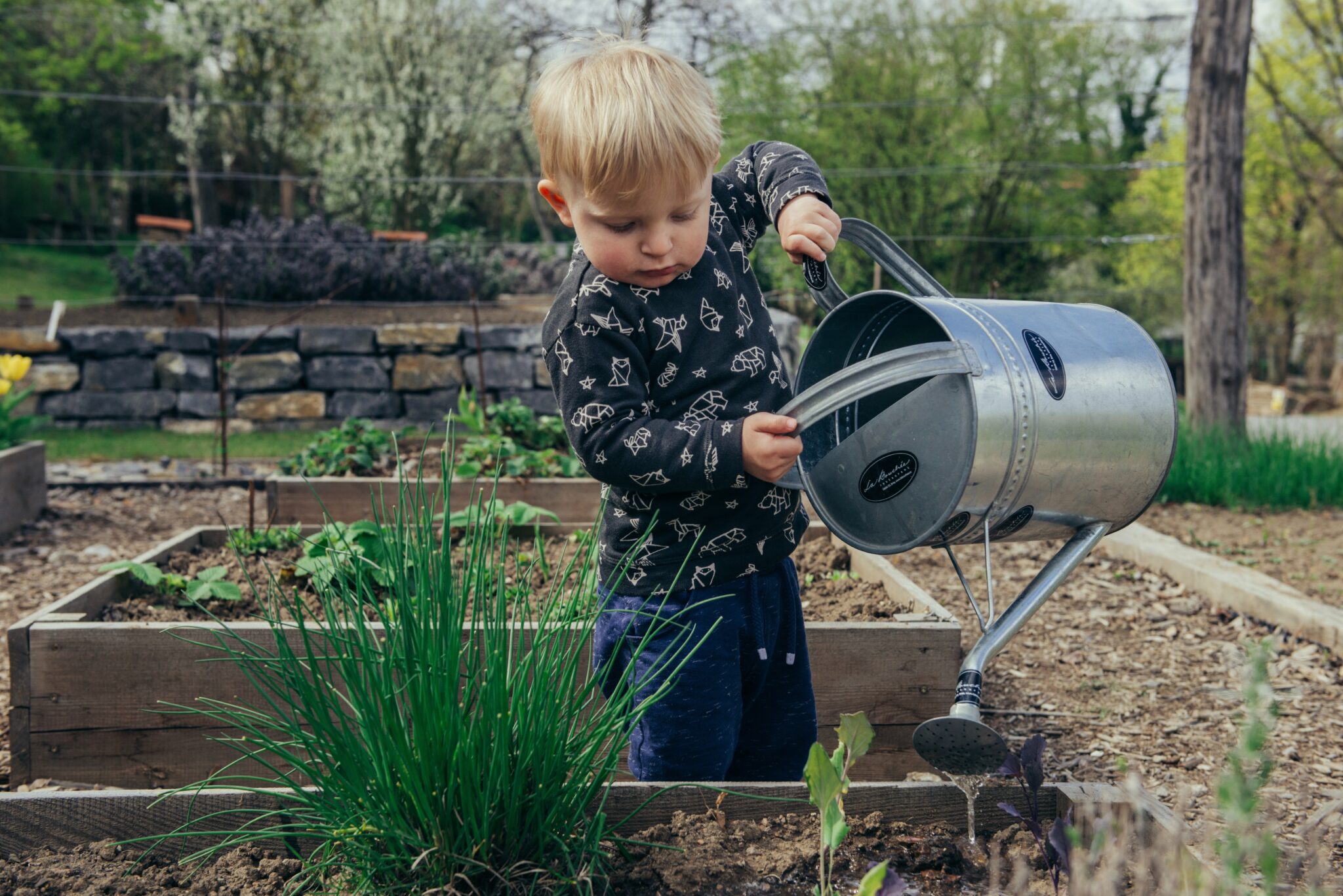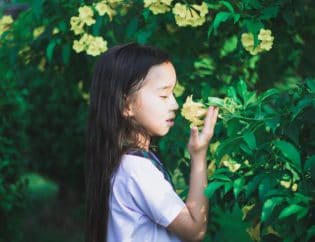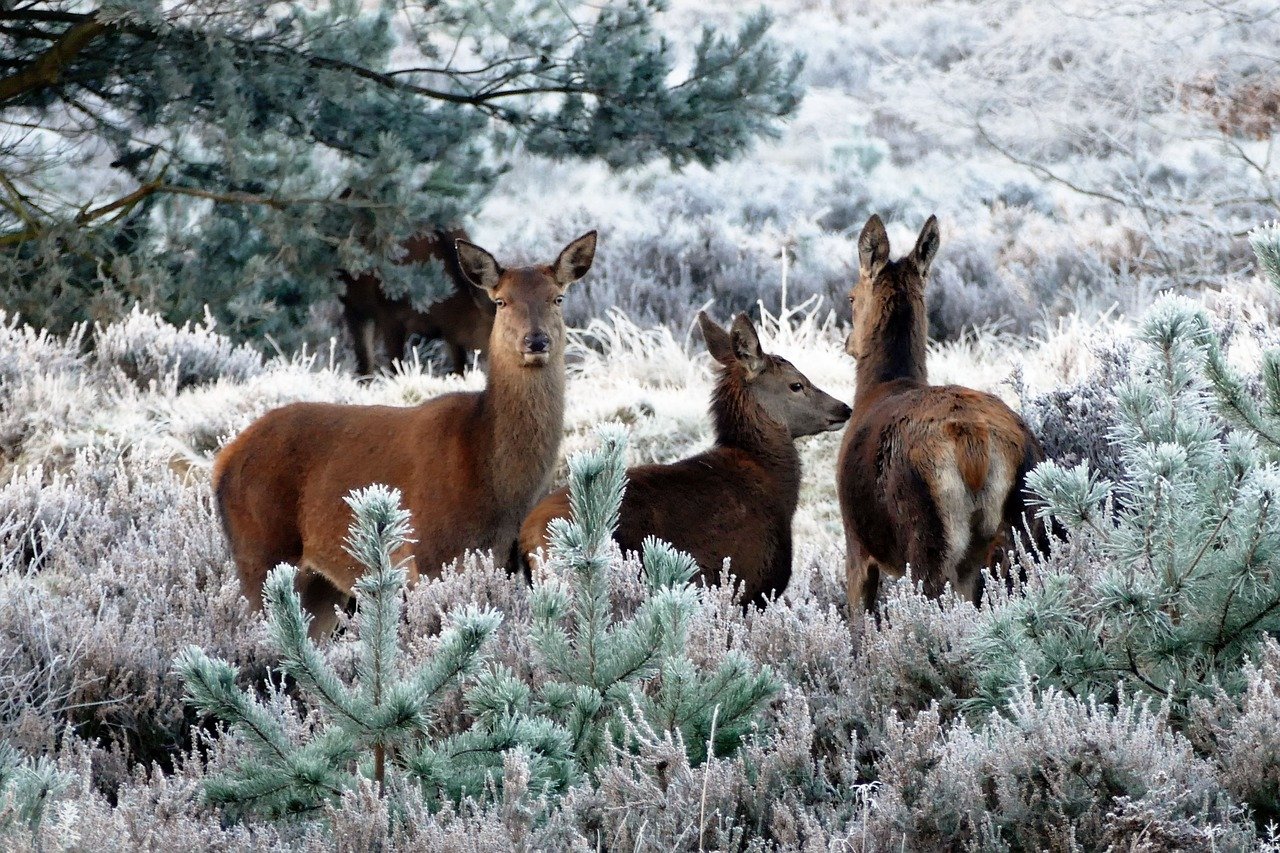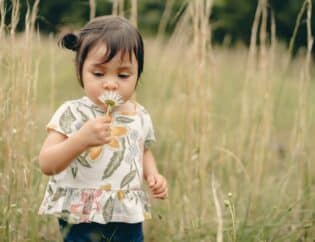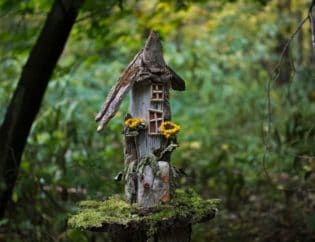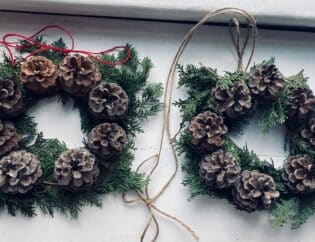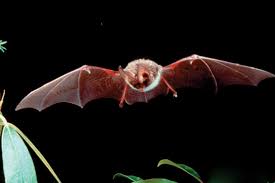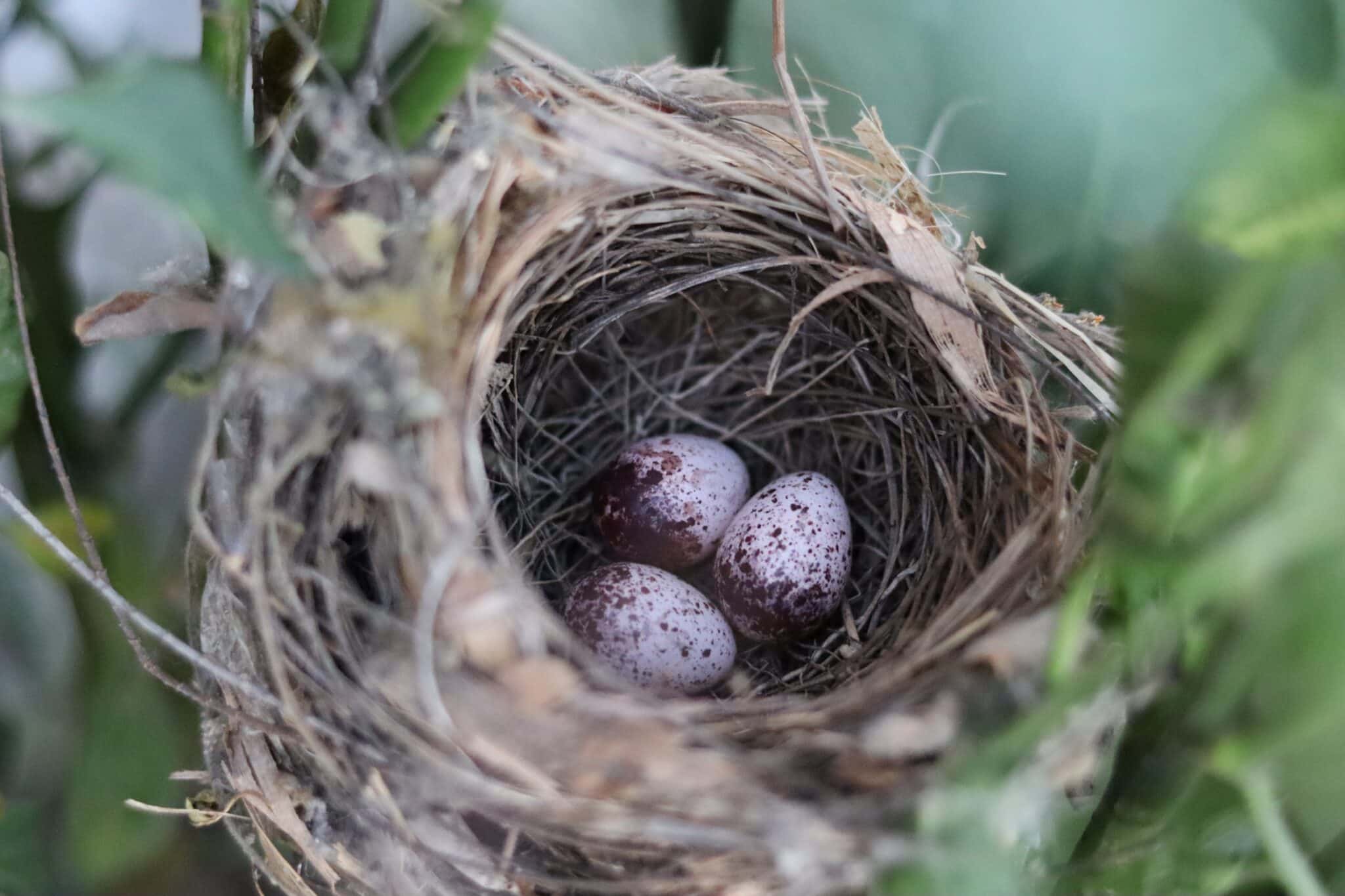
Every single one of the over 11,000 species of bird lays eggs. No bird gives birth to live young. Eggs help developing baby birds grow with all of the nutrients they need right inside the egg, all protected by a hard shell. But eggs are still fragile and susceptible to threats from predators. And they need warmth so the baby inside can grow. That's where a nest comes in.
After mating, birds will need a place for their young to grow safely. During nesting, birds will fly from place to place, busily gathering “just right” nesting materials to build their nest. Materials such as twigs, wool, grass, and moss will be stuffed into their beaks as they fly by. As fascinating as this behavior is to spot, always give birds their space when you see them nesting because this is a stressful time of year.
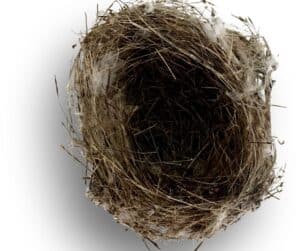
What type of bird has made the nest you found? You can use your young naturalist skills to find out. Start with thinking about clues such as location, time of year, and materials. Pay close attention to these clues, learn your local birds and you'll be a nest ID pro in no time!
Timing is Everything
When you spot a nest is a great clue to the species of bird who made it. Nests found early in the spring tend to belong to non-migratory residents, while migrants return and breed later in the spring and summer. It really helps to get to know which local birds are year-round residents in your area and which species are migrating there for mating season. A great local bird guide can help you figure this out!
Location & Materials
Where a bird places its nest and what it makes the nest out of are the next key clues to identifying the species behind the nest. Here are some basic tips:
Barn Swallows, Ruby-throated Hummingbirds, Yellow Warblers, American Robins, and many different songs build cup-shaped nests. Cups are often positioned along tree branches, nestled on ledges or in any number of unique places.
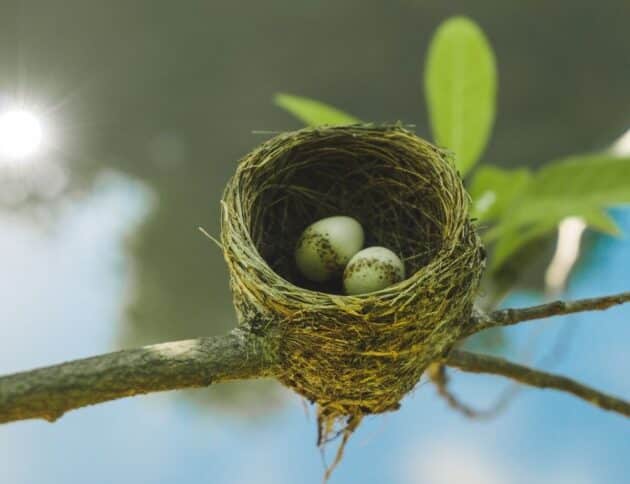
Pendant nests are elaborately woven sacks that dangle from branches, giving birds in the nest great protection from predators. Baltimore Orioles and most weaver birds build these.
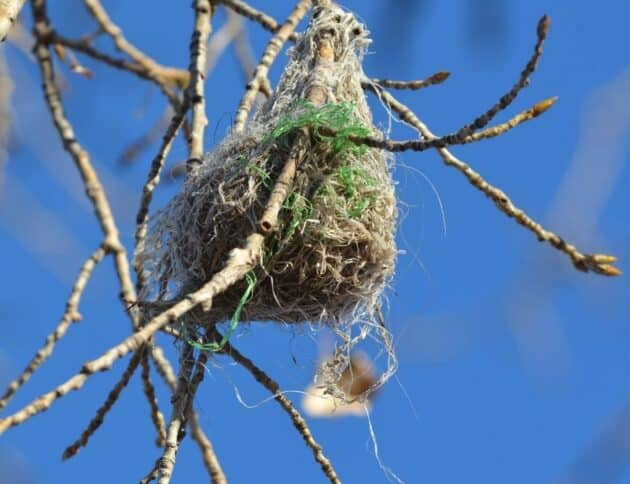
A platform nest is a relatively large, bulky structure often built of larger twigs or sticks. Eagles. osprey, Great Blue Heron, storks, and many raptors build this type of nest.
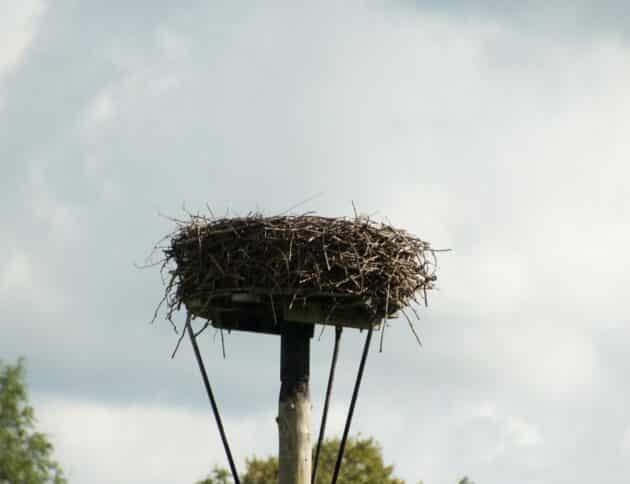
Eastern Bluebird, House Sparrow, most woodpeckers, many parrots, tits, and chickadees are cavity nesters. These birds excavate their nesting cavities or use natural cavities in trees, poles snags, or cacti.
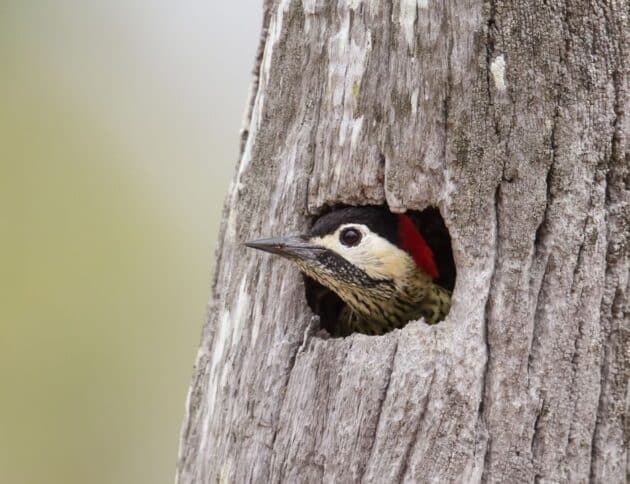
A Note on Dreys
Squirrels are not very hard to spot in most places but their nests (or dreys) sure can confuse us! High up in the trees, how can we tell if the nest was built by the acrobatic rodent or a bird?
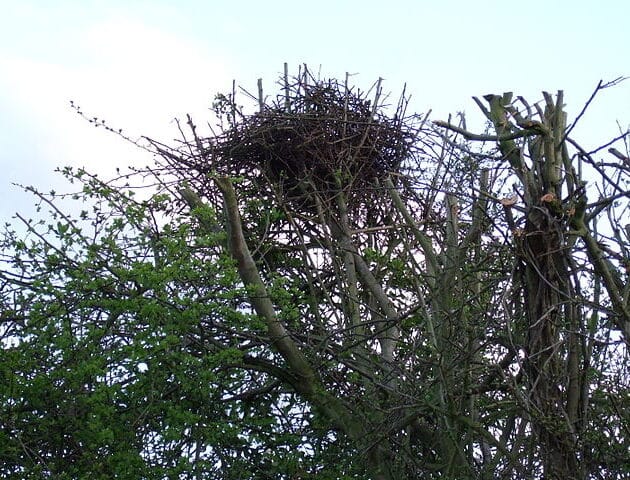
A good clue is whether there are any leaves woven into the nest, as squirrels tend to use leaves in drey-building but birds don’t. Also, birds tend to nest closer to the top and further out along the branches.
Down on the ground, look for these clues for signs:
- Chewed pine cones on the ground
- Scratch marks on the bark
So head out and ID some bird nests today! Be sure to have a look at our new book, Birds for the Young Naturalist, which is an excellent book for any young bird enthusiast. And check as well as these resources below!




